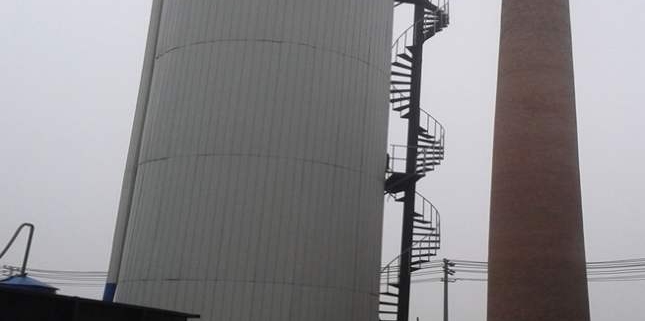The thermal drying of sludge refers to the process of removing moisture from the sludge through the heat transfer between the sludge and the heat medium. The sludge thermal drying system mainly includes sludge storage and transportation system, sludge drying system, sludge exhaust gas purification and treatment system, electrical automatic control instrument system and its auxiliary system.
According to the degree of drying of the sludge, it is divided into two types: sludge drying and sludge semi-drying. “Sludge drying” refers to the type of high solid content, such as sludge solidification after drying. The rate is more than 85%; while semi-drying mainly refers to the type of sludge with a solid content of about 45 to 60% after drying. According to the form of sludge drying, the sludge is divided into two types: sludge direct drying and sludge indirect drying. The direct drying of the sludge is directly contacted with the sludge by using a hot drying medium (such as flue gas). Convective heat transfer and removal of evaporated water, also known as heat convection drying system; sludge indirect drying is the use of heat transfer (such as steam) through the metal wall to the sludge to transfer heat, evaporation The moisture is carried away by a carrier gas (such as air) and washed and condensed, also called a heat conduction drying system.
At present, the drying machines used for sludge drying mainly include: convection heat transfer fluidized bed dryer, drum dryer, belt dryer, conduction heating rotary disc dryer, paddle Dryer, turbofilm drying machine combined with convection and conduction heating.
Advantages of sludge thermal drying technology:
The sludge is significantly reduced in volume and the volume can be reduced by about 4 times.
After the drying process, a stable product can be formed, and the sludge properties are greatly improved.
The dried product is odorless and free of pathogens, which reduces the negative effects associated with sludge and makes the treated product more acceptable.
Drying finished products have many uses, such as fertilizers, soil amendments, and alternative energy sources.
Disadvantages of sludge thermal drying technology:
Large investment, high energy consumption and high operating costs.
High temperature drying of sludge is easy to produce odor.
Dust control in sludge drying process is strict and there are potential safety hazards.



